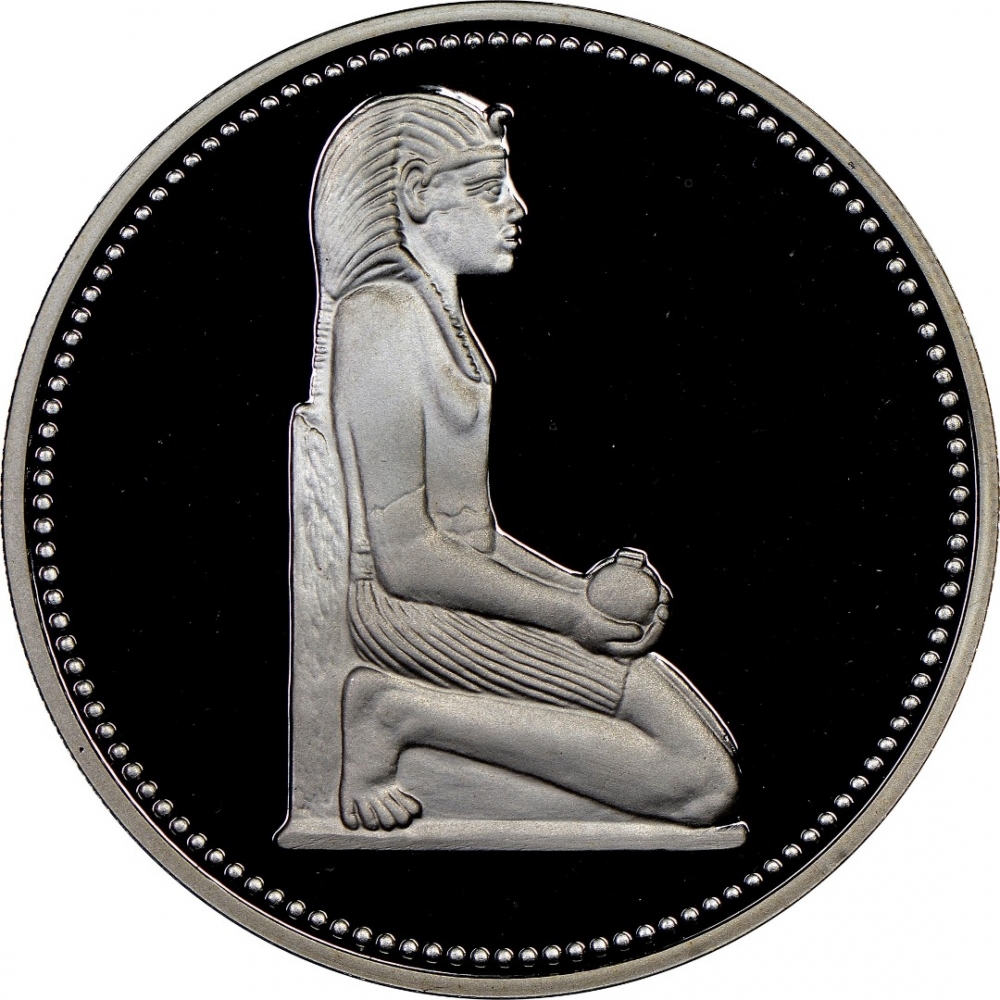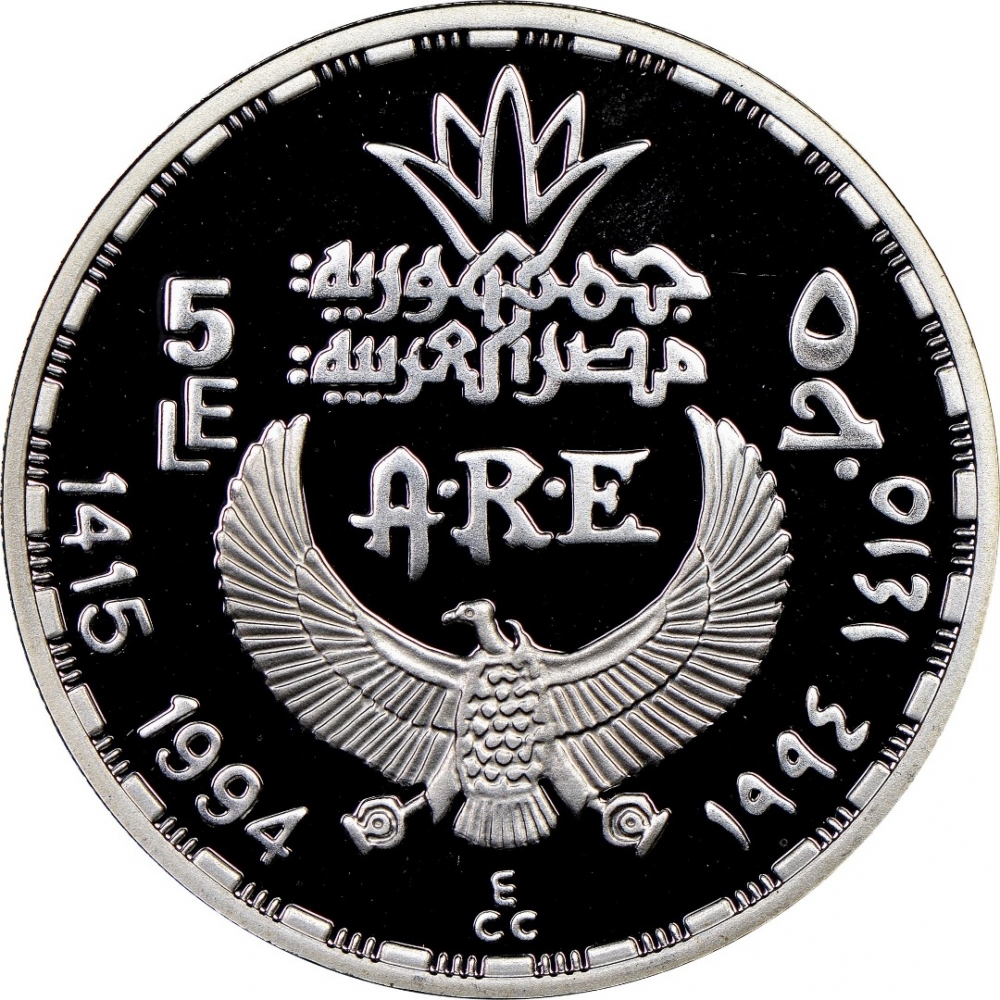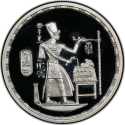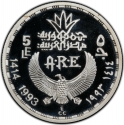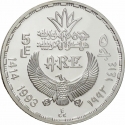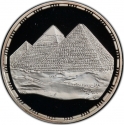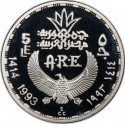You are about to finish your registration. Please check your mailbox (including spam folder). There should be a letter with a confirmation link. Check setting to make sure that your e-mail address is correct.
Send letter againDescription
Thutmose III (variously also spelt Tuthmosis or Thothmes), sometimes called Thutmose the Great, was the sixth pharaoh of the Eighteenth Dynasty. Officially, Thutmose III ruled Egypt for almost 54 years and his reign is usually dated from 28 April 1479 BC to 11 March 1425 BC, from the age of two and until his death at age fifty-six; however, during the first 22 years of his reign, he was coregent with his stepmother and aunt, Hatshepsut, who was named the pharaoh. While he was shown first on surviving monuments, both were assigned the usual royal names and insignia and neither is given any obvious seniority over the other. Thutmose served as the head of Hatshepsut's armies. During the final two years of his reign, he appointed his son and successor, Amenhotep II, as his junior co-regent. His firstborn son and heir to the throne, Amenemhat, predeceased Thutmose III. He would become one of the most powerful pharaohs of the 18th dynasty.
Becoming the sole ruling pharaoh of the kingdom after the deaths of Thutmose II and Hatshepsut, he created the largest empire Egypt had ever seen; no fewer than 17 campaigns were conducted and he conquered lands from Syria to Upper Nubia.
When Thutmose III died, he was buried in the Valley of the Kings, as were the rest of the kings from this period in Egypt.
Obverse

|
Depicts the kneeling statuette of Thutmose III in a pose of worship, offering two Nu vases for libation to Amun-Re. He wears the royal Nemes headdress, surmounted by the uraeus, or royal cobra. |
|---|---|
Reverse

|
Stylized state name (Arab Republic of Egypt) divides denomination in Arabic and English and abbreviation of state name (A.R.E.) below, the date in Arabic (Hijri) and Western (Georgian) divides by a vulture with open wings. Engraver's initials (ECC) below. 5 ٥ جمهورية مصر العربية |
| Edge |
5 Pounds
Pharaonic Treasure / Ancient Egyptian Art
Thutmose III the Great
Subscribe series
KM# 826
Pharaonic Treasure / Ancient Egyptian Art
Thutmose III the Great
